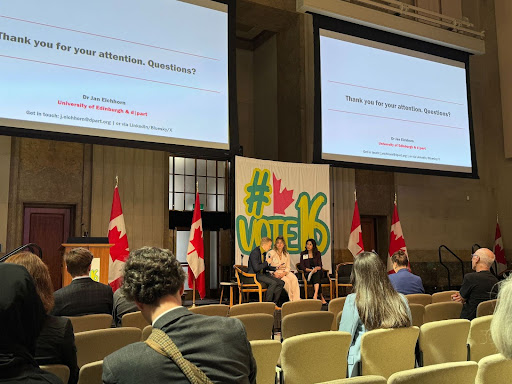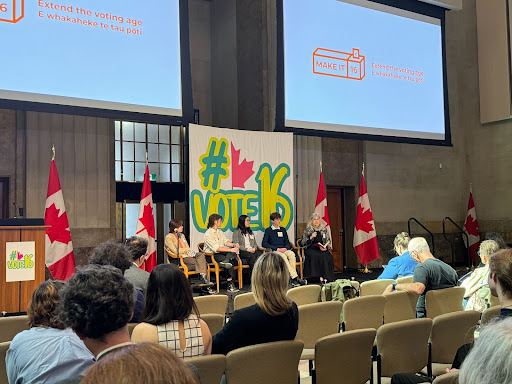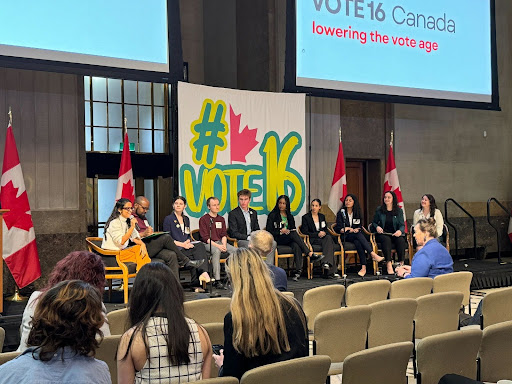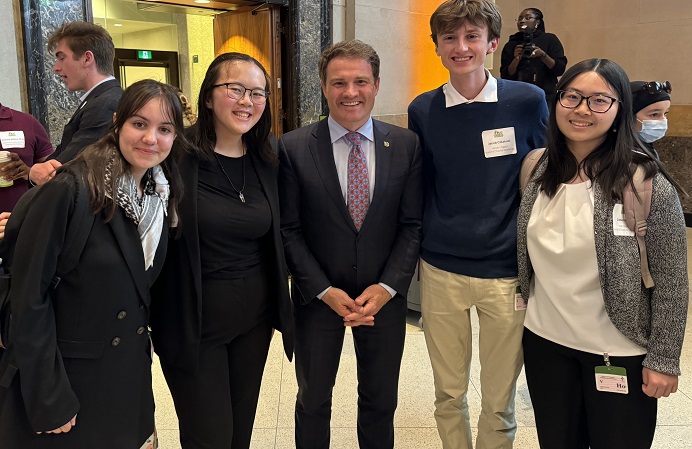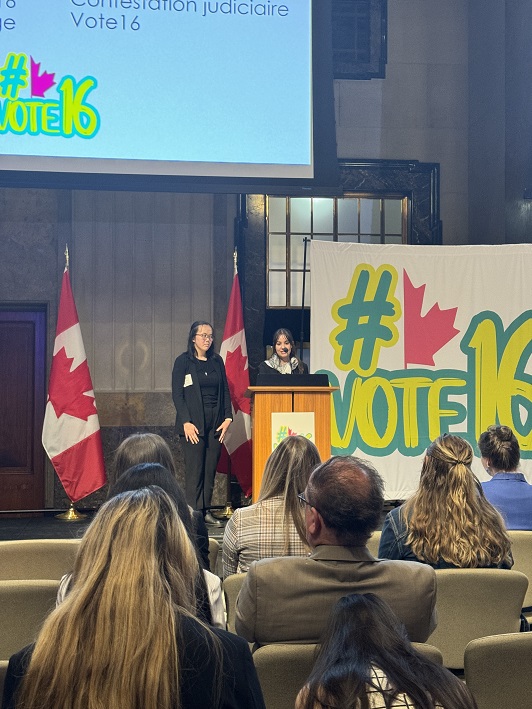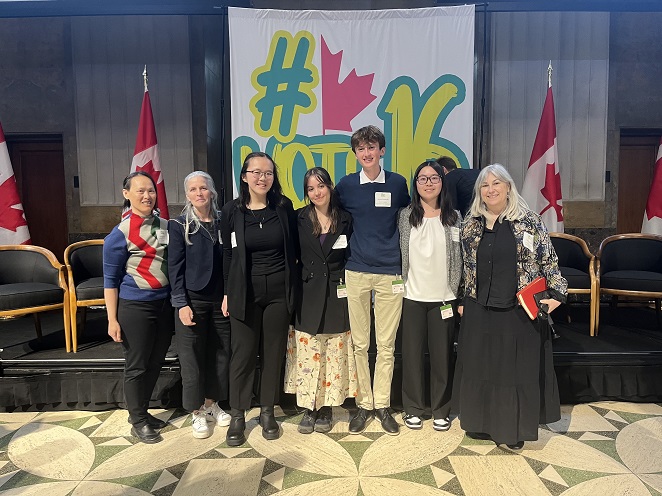by Kate Shackleton
From working directly with young clients to arguing cases at the Supreme Court of Canada, Mary Birdsell has advocated on behalf of children and youth for more than 25 years. This fall, she will share her knowledge of children and youth justice, constitutional law, and appellate litigation with students in the Asper Centre’s clinic course as the Constitutional Litigator-in-Residence. I recently spoke with Birdsell about her career so far, her constitutional law expertise, and what she’s looking forward to her in her new role.
Originally from Alberta, Birdsell chose to attend law school at Dalhousie University. She opted for Dalhousie because she was curious about living elsewhere and eager to meet classmates from across the country. When she started law school, she recalls being uncertain if she wanted to be a lawyer. However, she was drawn to law because she thought “it would be an interesting and excellent education in how society functions.” She notes that her first-year courses covering constitutional law, human rights, and the Charter affirmed her decision to pursue a law degree, since they were “exactly what [she] was interested in.”
After graduating law school, Birdsell articled with a full-service corporate law firm in Toronto where – coincidentally – her first case focused on section 15 of the Charter. She worked on behalf of an intervener in Thibaudeau v Canada – which examined the rule that child support payments were taxable on the receiving parents – under the tutelage of Mary Eberts and Steve Tenai.
Following her articles, Birdsell joined Justice for Children and Youth (where she now serves as Executive Director). She knew that clinic work appealed to her thanks to the semester she spent working full-time at Dalhousie’s legal clinic and she was particularly interested in Justice for Children and Youth because of her pre-law experiences working with youth.
During her time at Justice for Children and Youth, the organization has been involved in a number of landmark cases in the youth justice sphere – many of which centre on Charter rights. When I asked her to identify highlight cases, it was difficult for her to choose a select few. In terms of having a meaningful impact, R v D.B. came to mind first. The case, in which Asper Centre Executive Director Cheryl Milne was counsel for Justice for Children and Youth, established that diminished moral blameworthiness for youth is a principle of fundamental justice under section 7. More recently, she pointed to Justice for Children and Youth’s intervention in R. v Le, where the Supreme Court of Canada affirmed that race relations inform the detention analysis under section 9 of the Charter.
Although not every case has yielded the outcome she hoped for, she described constitutional litigation as a “powerful tool” in the hands of youth justice advocates. She observed that the Charter offers a “fundamental path” to confront some of the most pressing issues facing Canadian youth, such as the Saskatchewan law requiring parental consent for students under 16 to change their name or pronouns.
For Birdsell, evidence is the key to success in constitutional litigation. She stressed that evidence is especially important in equality-based litigation, since evidence is how litigants demonstrate that “oppression is happening the way you say it is.” Especially when organizations like police services or family services are being challenged, as often happens in the youth justice context, she explained that evidence is crucial to “switch the vantage point” for courts.
When asked if she had any advice for law students, she encouraged students to follow what interests them. For those considering public interest work, she emphasized that there are many places where you can do public interest work, including government positions and at big firms. She also highlighted the value of being well-educated in constitutional law, since it empowers you to spot Charter issues “where others might not.”
As the incoming Asper Centre Litigator-in-Residence, Birdsell is excited to interact with and learn from students. She also welcomes the opportunity to take a pause from front-line work and spend time thinking “a little more broadly and deeply about the law.” On the voting age challenge, which will form an important part of the clinic students’ work this fall, Birdsell described the case as going beyond just the right to vote. At its core, she said, the case is about how youth “ought to be able to participate in decision-making about the present and future.”
Kate Shackleton is a rising 2L JD Candidate at the Faculty of Law and is an Asper Centre Summer Research Assistant.

